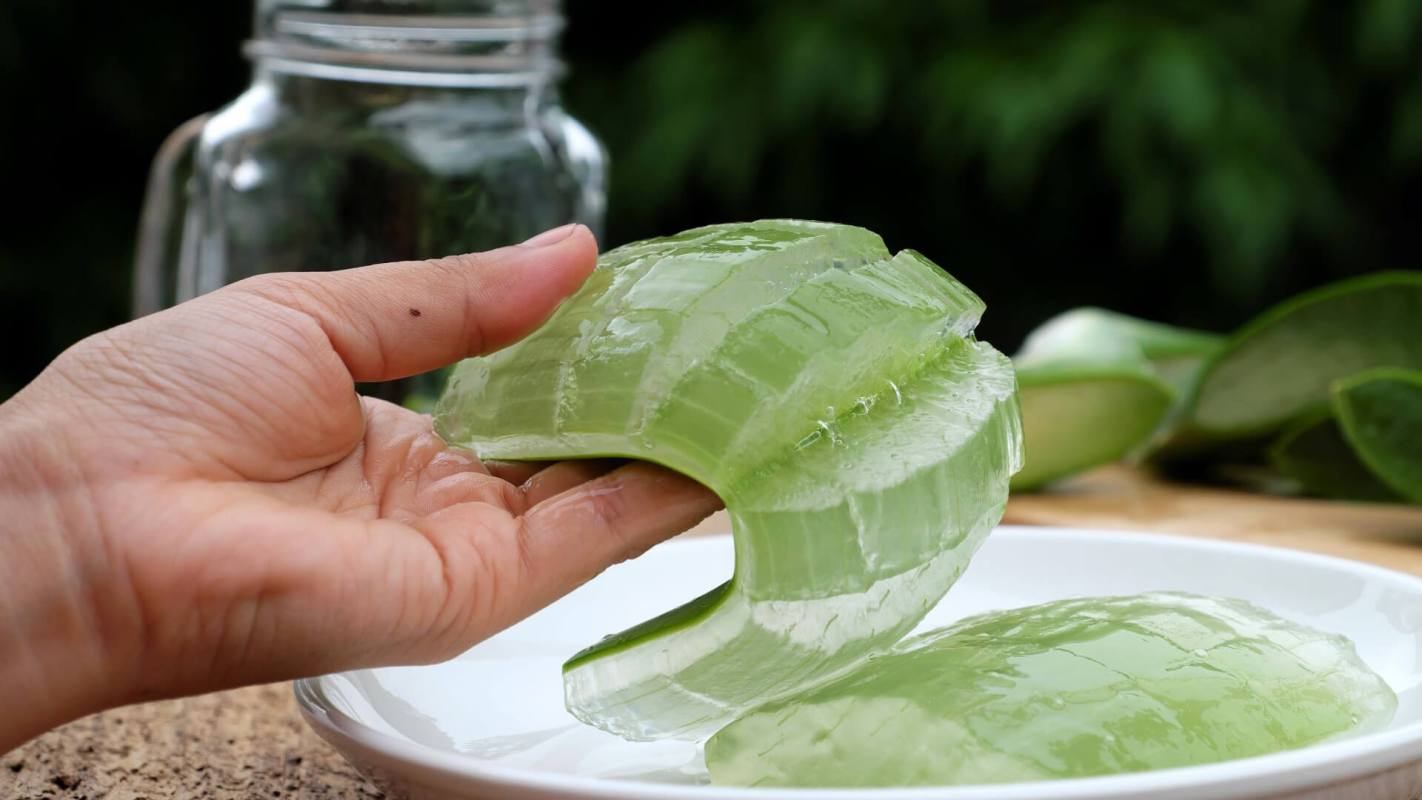Vegetables are good for your health, sure, but that's old news. Now new research suggests they might be useful in removing harmful microplastics from our water.
How it works
Microplastics are little bits of plastic — less than 5 millimeters (or 0.19 inches) long — that result from the disposal and breakdown of consumer products and pose a threat to our environment.
Scientists at Tarleton State University, led by Dr. Ranjani Srinivasan, have been working with plants like okra, cactus, and aloe to clean water of these tiny, problematic pollutants.
They've found that certain combinations of extracts from these plants can efficiently collect and remove microplastics from water.
At a spring 2022 meeting of the American Chemical Society, the team revealed that the secret lies in the long chains of molecules found in certain plants, which are called polysaccharides.
Different plant combinations can have different effects as well.
For example, a mix of okra and fenugreek removes microplastics in salty ocean water quite well, while an okra-tamarind blend is best suited for freshwater applications.
One of the best parts about this research is that the plant extracts can pretty much be plugged straight into conventional water treatment processes.
Water treatment plants
Usually, to remove microplastics and other solid pollutants from our water supply, treatment plants make use of a two-step process. First, floating plastic particles are skimmed off the surface.
Then, the rest are removed with flocking agents, which are substances added to encourage any remaining particles in the water to clump together for easy removal.
These flocculants can become harmful in certain conditions, which makes nontoxic alternatives more attractive.
"The whole treatment method with the nontoxic [plant] materials uses the same infrastructure," Srinivasan told ACS earlier this year. "We don't have to build something new to incorporate these materials for water treatment purposes."
Why are microplastics a major problem?
Microplastics are pretty much everywhere and people are starting to become concerned about how they may affect us.
Spreading from agriculture, clothes washing, pollution, and a whole host of other sources, microplastics have been found from the depths of the sea to deep inside human beings.
As of writing this article, no large-scale studies have found conclusive evidence that microplastics are harming people. But plastics and their additives can be toxic, and each year, more and more enter the environment.
Dr. Kari Nadeau, an expert in allergies and asthma at Stanford, told National Geographic that we don't need to be "afraid" of microplastics, but that we "should be cautious."
"We need to understand these things that are getting into our body and possibly staying there for years," she told the outlet.
Srinivasan and her team aren't finished with plants just yet. They plan to continue fine-tuning their polysaccharide combinations for different water sources and hope to commercialize the technology in the future, giving a whole new meaning to the term "water-treatment plant."
Who knows, maybe in a few years the rhyme will go, "A veggie a day keeps the microplastics away."
Join our free newsletter for weekly updates on the coolest innovations improving our lives and saving our planet.









